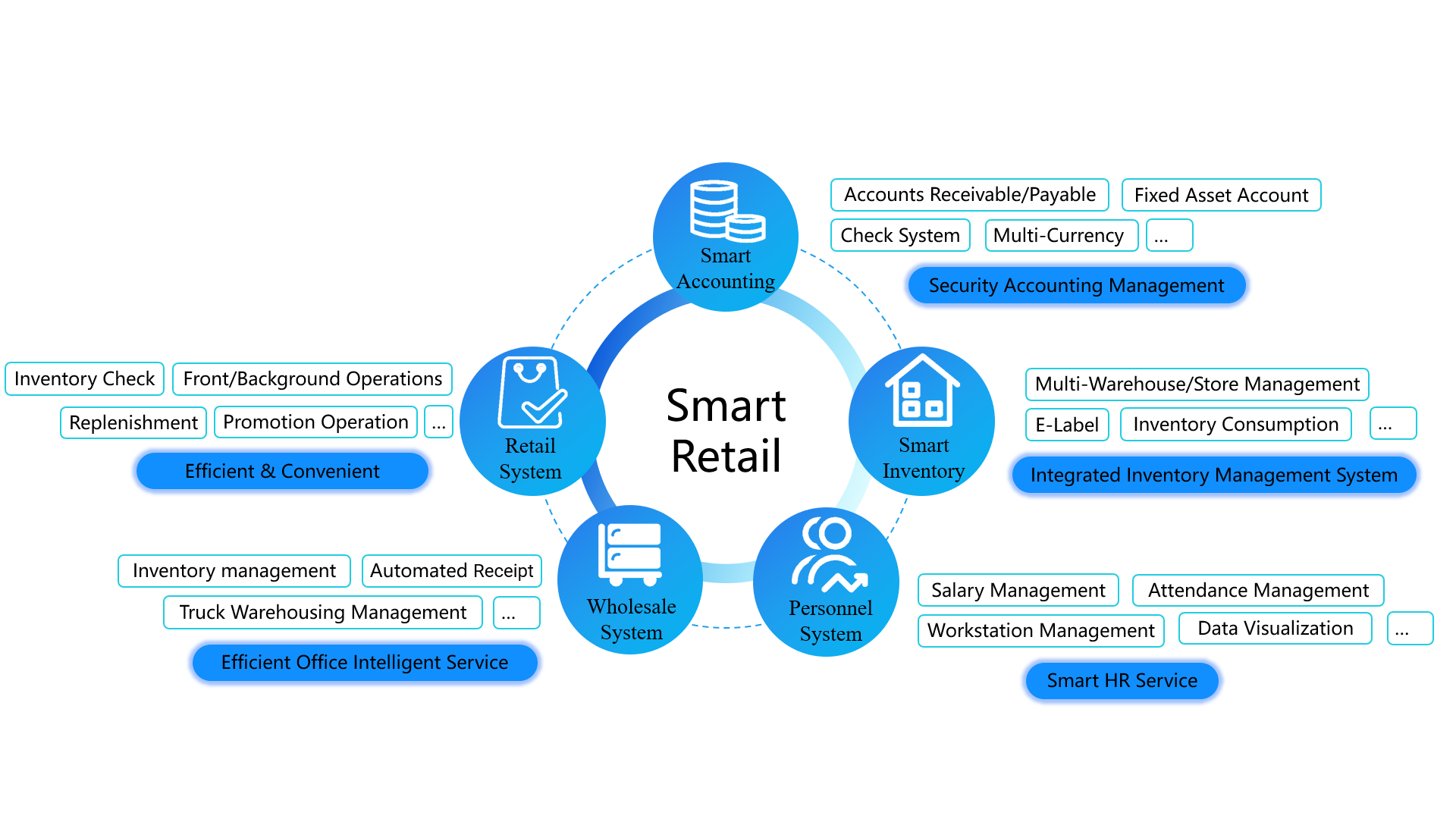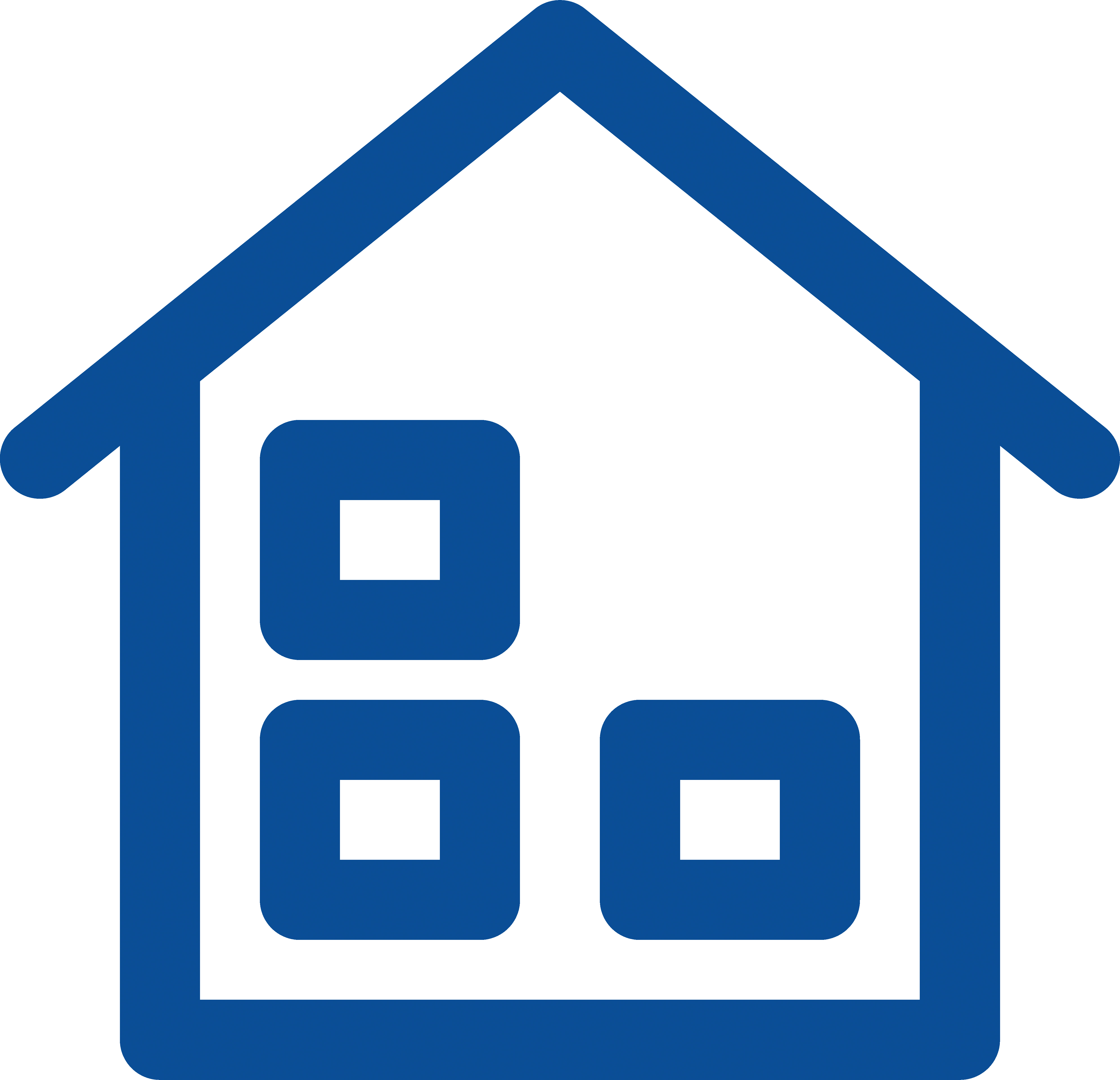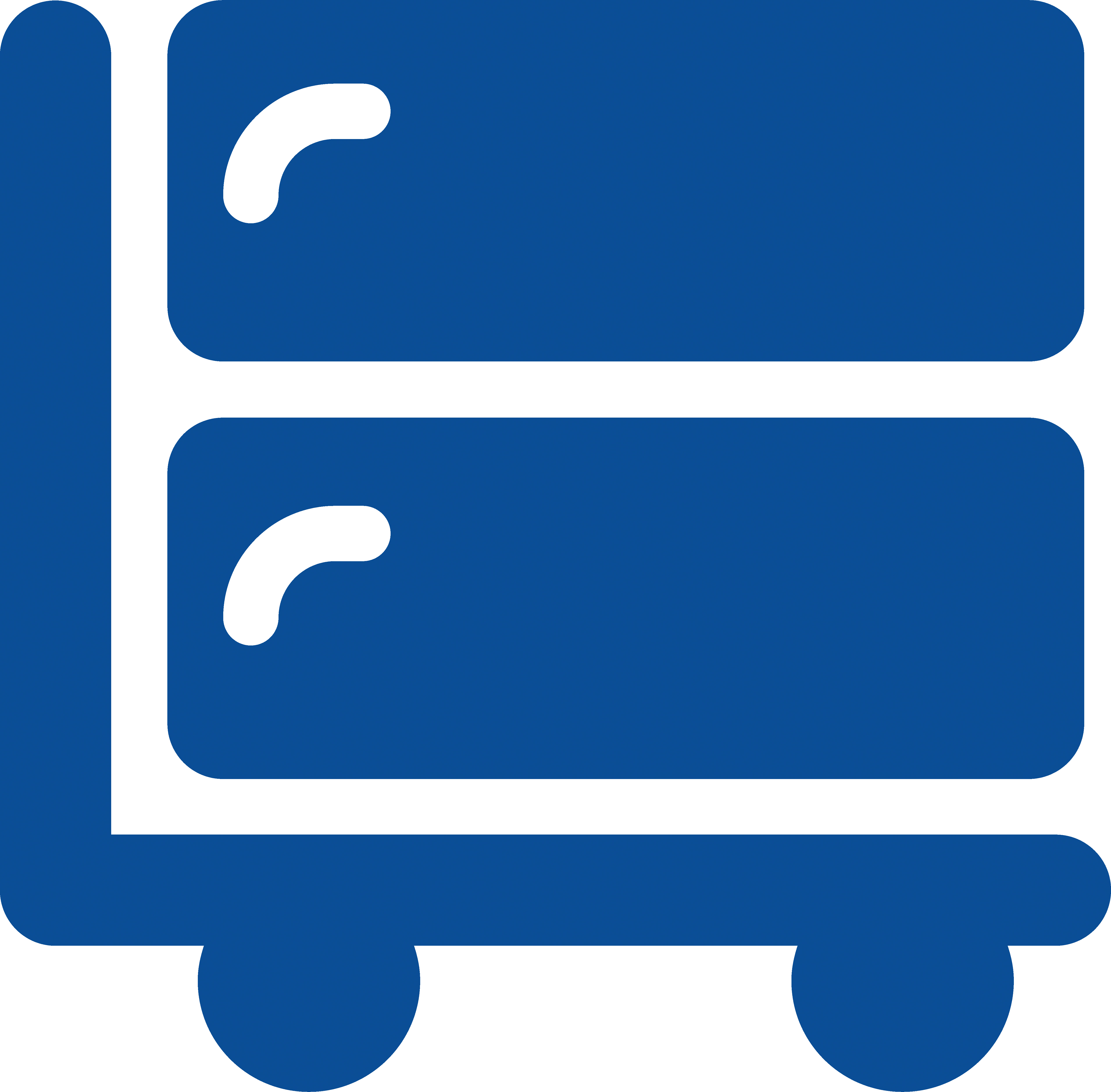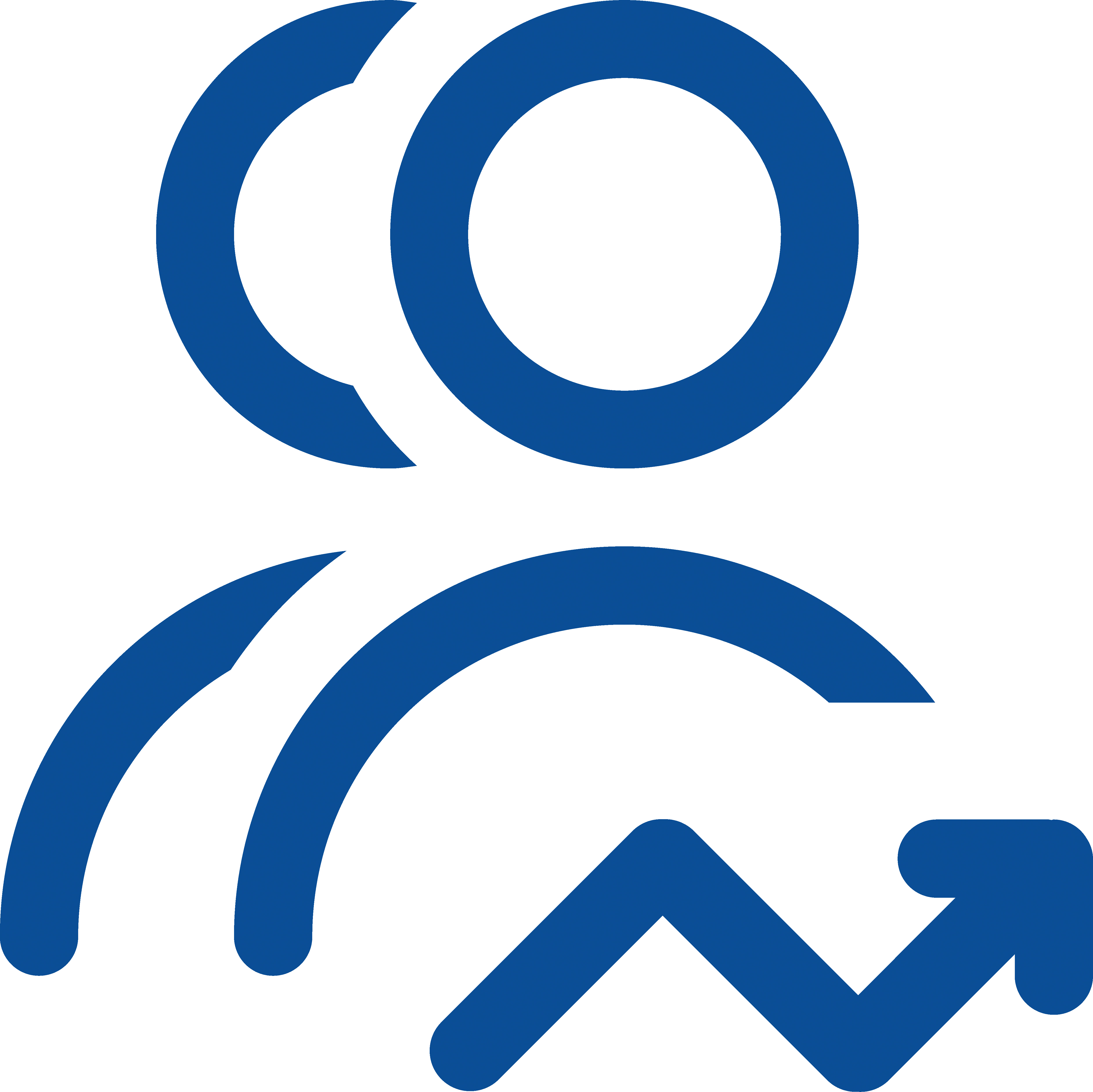
The convenience store retail industry is undergoing major changes from different aspects at the same time as the online industry is rising. Online shopping is growing exponentially. Every retailer must begin to face the challenges of people shopping online. Moreover, 2020 marks a major turning point, and the sudden attack of the epidemic has severely impacted both enterprises and governments. If the era of the epidemic has arrived in the future, and the vision and plans for the future are constantly being reshuffled, it is time to plan the future with a new perspective.
In summary, the pain points faced by traditional retail companies include: poor inventory turnover, poor liquidity of funds, strong space limitations, weak customer awareness, single marketing model, etc. The above problems are common in the traditional retail industry, and how to better solve these problems It has become the key to the transformation and upgrading of the traditional retail industry. The new retail convenience store solution of Cathaytop Technology can help convenience stores increase their confidence and provide the correct convenient checkout solution for today's market by investing in in-store technology.
Faced with the increase in customer demand for certain types of products in a short period of time, it is difficult for the traditional retail model to detect and take good response measures; for example, the rapid increase in demand for medical supplies such as masks during the epidemic has caused stores to be out of stock. In addition, the price of masks has risen, which has caused adverse effects such as a decline in customer confidence in the store.
The main business activities of traditional retail companies include: buying goods in large quantities based on market sales feedback, and then selling the goods bought in large quantities to consumers in small quantities. Which it will be due to all causes accumulation of funds for enterprises caused varying degrees of cost of capital.
The main business model of traditional retail is to display large quantities of purchased goods in an orderly manner, appropriately use discounts, gifts and other promotional activities to attract consumers, and sell goods in small quantities to end consumers or social groups.
When consumers shop in your store, because you can meet their needs, including but not limited to providing them with cost-effective products and good services at a suitable time. But just let them down a few times and they will quickly run to your competitors.





